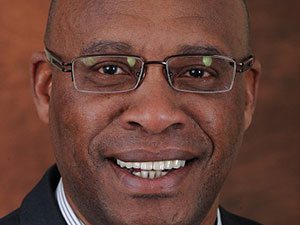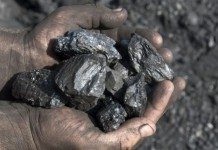
[miningmx.com] – ESKOM CEO, Tshediso Matona, blamed a reluctance by the company’s previous management to implement power plant maintenance for the imminence of load-shedding in South Africa this year, and beyond.
“Eskom has not stayed faithful to a ‘maintenance religion’ and unreliability of equipment is a price that we are paying,” said Matona at Eskom’s first quarter State of the System update. He said load-shedding could be underway for years.
He alluded to the fact there was a need by the South African government to ‘keep the lights on’ during 2010 when South Africa hosted the Fifa World Cup. During that period, Eskom was led by Brian Dames and CFO, Paul O’Flaherty both of whom resigned from the company last year.
He showed a slide demonstrating how the maintenance backlog led to increased breakdowns from mid-2009.
The percentage of so-called unplanned capability loss factor (UCLF), which measures the lost energy due to unplanned production interruptions, more than tripled from mid-way through Eskom’s 2009 financial year to today.
Prior to the 2009 financial year, the percentage of UCLF had increased 25% from Eskom’s 2005 financial year to its 2008 financial year, the slide showed.
Chairman, Zola Tsotsi, who survived December’s board reshuffle at Eskom, said previous management were aware that keeping the lights on at all costs was a strategy that could not be maintained indefinitely.
He said Dames was party to a decision to accept the risk of increased load-shedding as the requirement for plant maintenance increased.
“It was not a sudden realisation,” said Zola. “We took the decision in 2013 that keeping the lights on was not sustainable.
“I remember the board meeting in which there was a fierce debate as the decision meant going against the policy that the shareholder (the South African government) wanted,” he said. “It was a decision taken some time ago.”
“The truth is that the way Eskom kept the lights on was to defer maintenance and to use diesel. To recover, we need at least 5,000MW which will enable us to take plants out and do maintenance without load-shedding,” he said.
Eskom is due to commission the first unit of its 4,800MW Medupi power plant in June, but it only provides 794MW. Further units will be commissioned in further years with the Kusile power station due to switch on its first unit in the first half of 2017.
The commissioning of Kusile’s first unit in 2017 differs from the 2016 deadline provided earlier by Eskom, a development that was put down to the lessons learned in the building of Medupi’s first unit which were now being applied to Kusile.
Said Matona: “The risk of breakdown is an ever-present reality and that creates havoc for us. We could continue with this, but we would then have a maintenance backlog that would be catastrophic for the country”.
“It is not a question of whether load-shedding will become part of our lives, but how do we cope with it,” he said. The use of diesel, which powers open cycle gas turbines, would still be “a lever” the company would use.
Matona added that Eskom would discuss the possibility of recovering the cost of diesel – thought to be R1bn in the last 12 months – with the National Electricity Regulator of South Africa.











